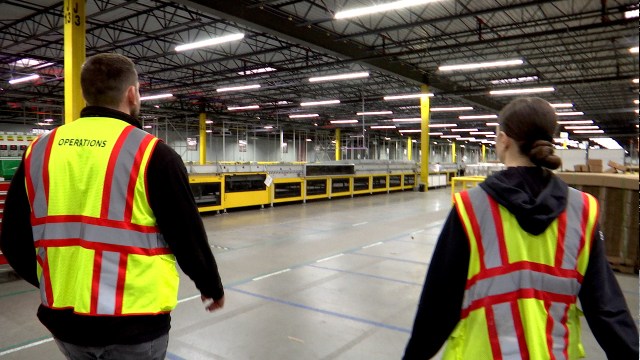Behind the Boom: How Rutherford County Became a Manufacturing Powerhouse

If you've ever traveled along Interstate 24 through Rutherford County, you've likely been struck by the impressive landscape of massive warehouses dominating the horizon. These sprawling facilities are more than just large buildings—they're the beating heart of a robust economic ecosystem that supports nearly 27,000 manufacturing and distribution jobs in the region.
These warehouses represent more than just square footage; they are dynamic centers of commerce and employment, symbolizing the county's economic vitality and strategic importance in Tennessee's industrial landscape. From cutting-edge logistics operations to advanced manufacturing facilities, these structures showcase Rutherford County's commitment to economic growth and innovation.
Each warehouse tells a story of productivity, employment, and economic opportunity, serving as a testament to the region's ability to attract and sustain significant industrial investments. As these facilities continue to expand and evolve, they play a crucial role in driving local economic development and providing meaningful employment for thousands of residents.

